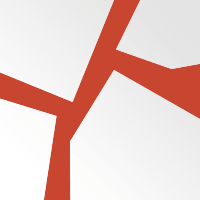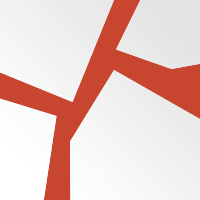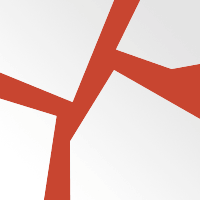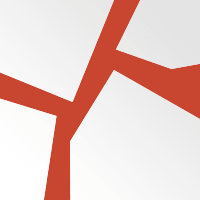GT Ultra
Family overview
- Standard
- Thin Italic
- Light Italic
- Regular Italic
- Bold Italic
- Black Italic
- Ultra
- Median
- Thin Italic
- Light Italic
- Regular Italic
- Bold Italic
- Black Italic
- Ultra
- Fine
- Thin Italic
- Light Italic
- Regular Italic
- Bold Italic
- Black Italic
- Ultra
Subfamilies
- Standard ThinCertainly the wrapped Arc de Triomphe—light, breathing, glimmering—speaks of anything but war.
- Standard Thin ItalicA poster in the window of City Lights Bookshop advertised a poetry reading the next night at a branch library.
- Standard LightLaTurbo Avedon (b. 1988) is an avatar and artist creating work that emphasizes the practice of non-physical identity and authorship.
- Standard Light ItalicDinner parties were more fun when you could lie.
- Standard Regular62 expressions in one of these will have a directly analogous, or dual, expression in the other.
- Standard Regular ItalicMartha Graham’s dancing and choreography exposed the depths of human emotion through movements that were sharp, angular, jagged, and direct.
- Standard BoldCool people are not noisy or boring.
- Standard Bold ItalicCool people are not noisy or boring.
- Standard BlackCool people are not noisy or boring.
- Standard Black ItalicThese 3 styles’ stroke orders vary more, sometimes creating radically different forms.
- Standard UltraSenior recitals take place at the Palladium Theater, a historical landmark in downtown St. Petersburg.
- Settings
Typeface information
GT Ultra dances between the worlds of sans and serifs, fusing calligraphy and construction. The versatile typographic system combines the centuries-old context of serif type with the dynamism of modern sans; challenging its own definition and questioning contemporary typographic expectation.
Typeface features
OpenType features enable smart typography. You can use these features in most Desktop applications, on the web, and in your mobile apps. Each typeface contains different features. Below are the most important features included in GT Ultra’s fonts:
- SS01
- Alternate g
Aggregates
Typeface Minisite


- Visit the GT Ultra minisite to discover more about the typeface family’s history and design concept.
GT Ultra in use





